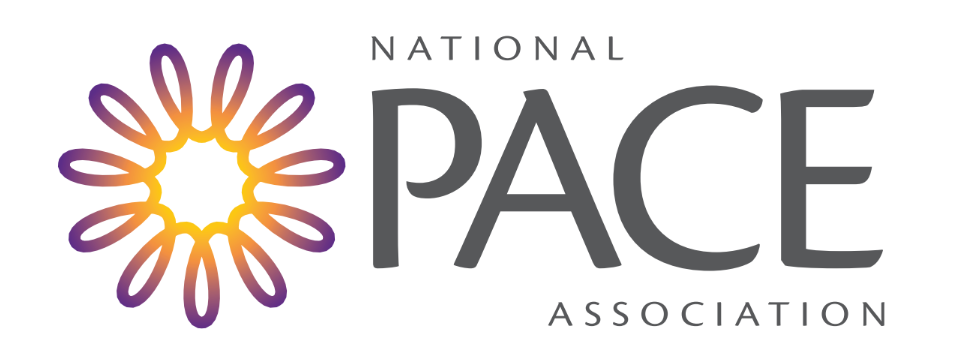MACPAC Highlights PACE in Annual Report to Congress on Medicaid and CHIP

Medicaid and CHIP Payment and Access Commission acknowledges growth and success of PACE as a model that integrates care for hard-to-serve seniors
WASHINGTON, DC – June 13, 2025 – As a part of its annual June report to Congress, the Medicaid and CHIP Payment and Access Commission (MACPAC) included an in-depth look at Programs of All-Inclusive Care for the Elderly (PACE). Overall, this work ties into the commission’s long-standing interest in integrated care models that have the potential to better align care delivery for dually eligible individuals. PACE is a successful integrated, fully risk-based care model that has been operating for more than 30 years serving nursing home-eligible seniors in the community.
MACPAC is an influential, nonpartisan federal advisory committee that provides policy and data analysis and makes recommendations to Congress, the U.S. Department of Health and Human Services (HHS), and the states on issues affecting Medicaid and the Children's Health Insurance Program (CHIP).
“MACPAC choosing to highlight PACE in its annual report to Congress is timely,” said Shawn Bloom, president and CEO of the National PACE Association (NPA). “PACE is experiencing tremendous growth because so many states, communities and providers are looking to enable more seniors to age in place and avoid nursing home placement. This report details successes of PACE and opportunities for helping PACE meet the needs of additional older adults with complex health care needs.”
The foundational report, which contains no formal policy recommendations, highlights PACE as the most fully integrated care model available to dually eligible individuals, citing positive health outcomes under the program while identifying opportunities for further exploration by the commission.
NPA is pleased that the report highlights the following:
- research showing PACE participants generally have better health outcomes compared to similar populations;
- the robust, flexible benefit package of the program; and
- most of the states interviewed have a strong interest in continued PACE expansion.
Today, 186 PACE organizations operate in 33 states and the District of Columbia, serving over 84,000 enrollees. Since the end of the COVID-19 public health emergency, which called the nation’s attention to nursing homes and our system of long-term supports and services, PACE has experienced its fastest growth ever, with a 14 percent increase in operating organizations over the past two years alone.
One challenge that was highlighted in the report and that NPA has been working to address involves PACE provider applications. Currently, providers can submit PACE applications to the Centers for Medicare & Medicaid Services (CMS) only during four 24-hour periods throughout the year. NPA continues to recommend that CMS adopt a system change allowing PACE applications to be accepted on a rolling basis, which could greatly speed up and reduce the costs of starting new PACE organizations and expanding existing ones.
The report highlighted another policy priority of NPA: developing better coordination of oversight activities between states and CMS. PACE is a partnership model between Medicare at the federal level and Medicaid at the state level. Key to the PACE model is combining services and financing into a seamless delivery system for enrollees. As PACE grows, NPA continues to urge states and CMS to harmonize state and federal oversight activities to avoid duplication and, at times, contradictory feedback.
Another highlight of the report relates to the amount of data that PACE organizations are required to submit to demonstrate quality performance and payment. NPA is gratified that the report highlights areas where data are not being reported in a uniform way across PACE organizations. Efforts are underway at NPA to work with state and federal partners and PACE organizations to create a common dataset that will provide PACE organizations better opportunities for quality improvement and the ability to demonstrate the quality outcomes they are achieving.
“NPA’s goal is to enable every senior in the United States who could benefit from PACE to have access to a PACE program,” said Bloom. “Simply put, it ought to be as easy to enroll in PACE as it is for an individual to enter a nursing home if it is their choice to do so. NPA believes MACPAC’s report to Congress is a helpful contribution to that effort.”
